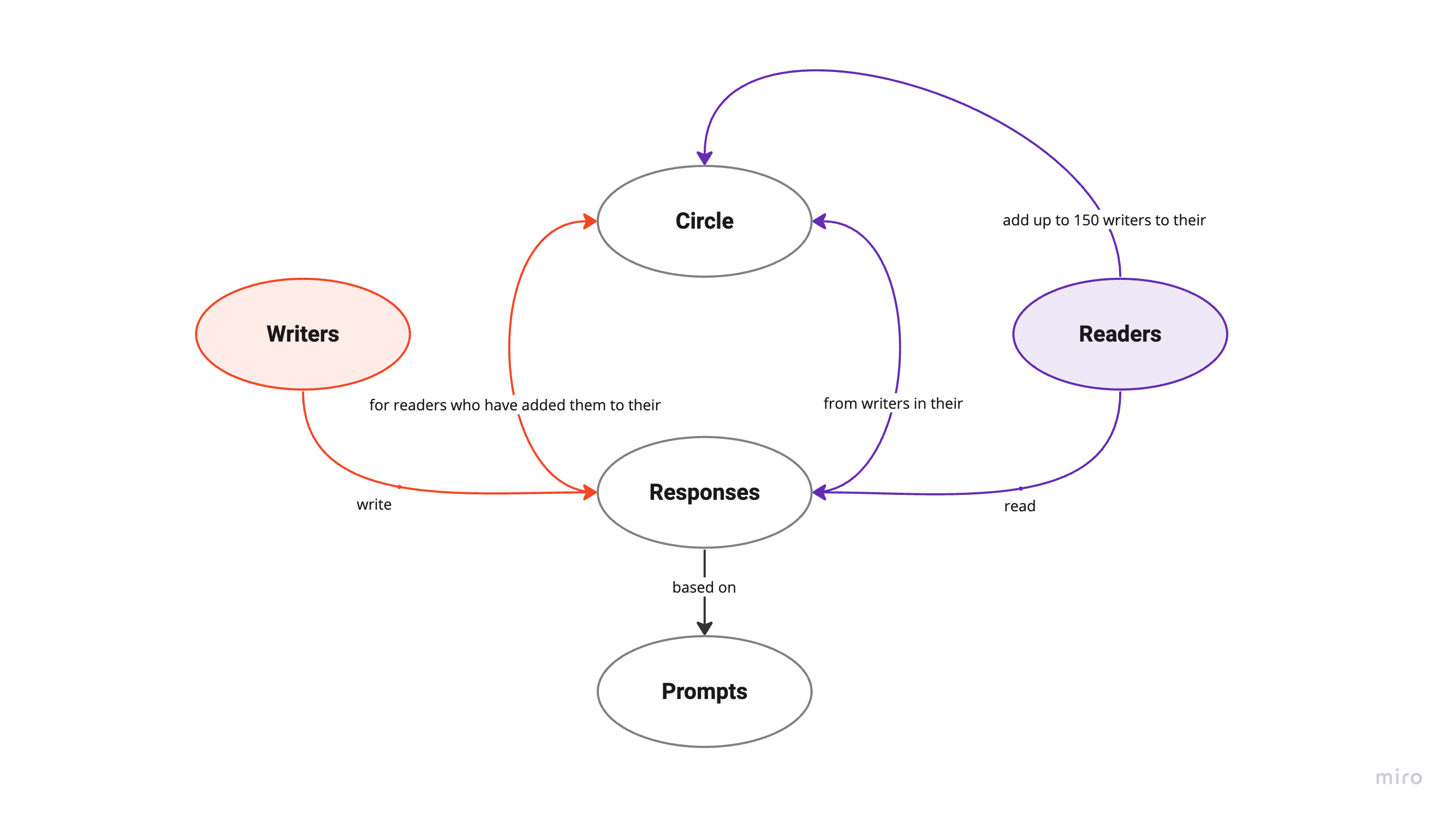I recently finished reading Little Women for a book club, and it got me thinking about how communication and social interaction in the mid-nineteenth century differs from today. In that pre-modern society, if you weren’t bantering in person, you were writing letters or — in urgent situations — sending a telegram. When information starting traveling faster than people on a large scale, things started to get interesting. Before the telephone, your world that affected your decision-making was pretty small. Once that world started to grow, with easier access to information over long distances, it began to distort our perspective of importance versus urgency. With more data, you got a little more signal and a lot more noise. Fast-forward to today where we’re practically drowning in data yet can still find ourselves grasping for meaning.
A few other threads were coming together for me at the same time. I recently read Digital Minimalism by Cal Newport and went through a digital decluttering exercise, sparking a renewed focus on high-quality interactions. On the social media front, I couldn’t help but notice the train wreck that is Twitter lately in stark contrast to the emergence of services like Substack, offering substantive alternatives to look-at-me platforms. Tying all this together led me to a core idea for exploration: Current social platforms prioritize low-quality content and interactions as a method to monopolize attention and monetize users. An alternative approach that encourages thoughtful responses to meaningful prompts and a limit on the amount of information you take in may result in a sustainable platform that promotes healthier behaviors.
Here’s a rough sketch of how this alternative approach might look…
Value proposition: Instead of blurting out what’s happening (right now), provide thoughtful perspective on what’s important to you these days. And by keeping your circle of creators reasonably sized, you can focus more on meaningful material from the people who matter most to you.
Design principles:
- Prompt-based writing
- Limited circle of writers to follow
- No direct interactions between readers and writers
Design details:
- Each person creates a circle of writers they want to hear from, with a limit of 150 (Dunbar’s number).
- Writers write responses to prompts, which are shared with people who have you in their circle.
- Readers read responses to prompts from people in their circle.
- There are no likes or comments (low-quality interactions) on responses, only new responses to prompts (either the same prompt or a different one).
- People can suggest new prompts but they are curated by the platform.
Concept model illustrating design approach:
The intent of this approach is twofold: 1) People are encouraged to articulate and share their views on thought-provoking questions, and 2) Instead of interacting directly with these responses, ideas evolve through multiple people contributing their responses to a shared prompt. Since there are no threaded conversations, people are encouraged to develop a more nuanced view of the discussion.
And that leaves two questions for you: Are you using something like this today? I’d love to check it out! If I prototyped this, would you be interested in participating? Let me know!
